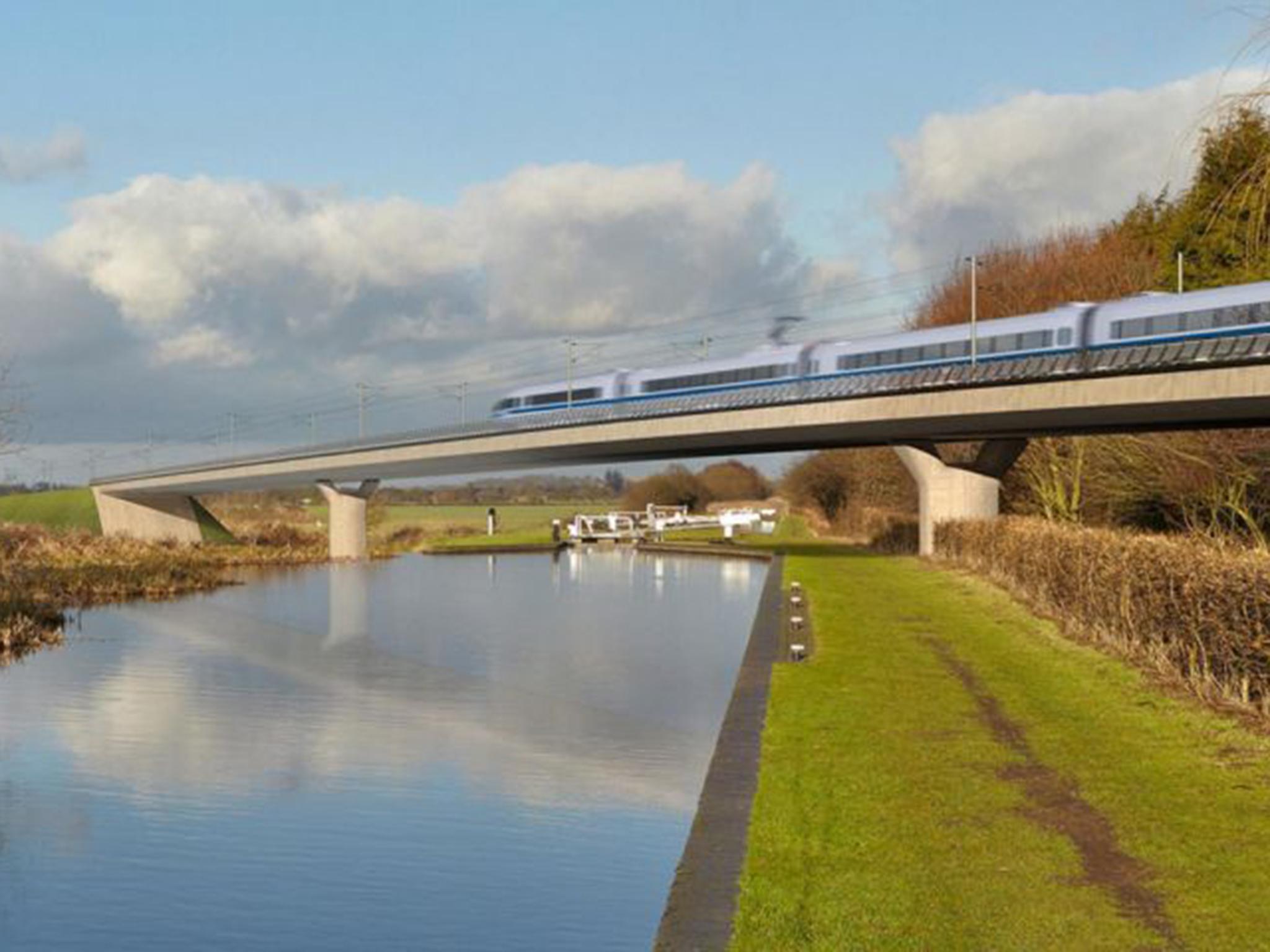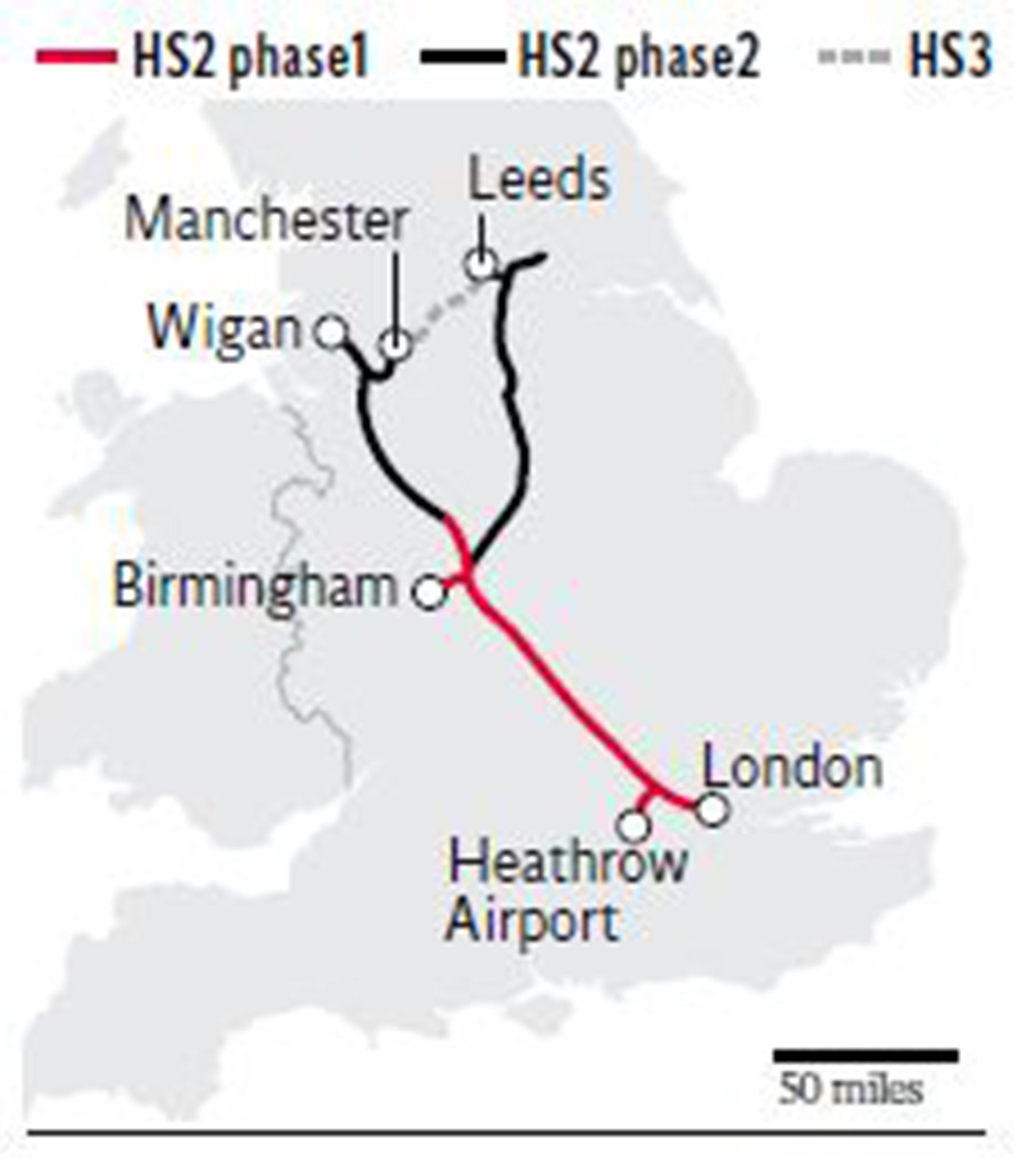HS2: Significantly more ancient woodland at risk of being destroyed by rail line than previously thought, says new research
Almost 100 ancient woodland sites, some dating back as far as a thousand years, will fall victim to the first phase of the £50bn line

Your support helps us to tell the story
From reproductive rights to climate change to Big Tech, The Independent is on the ground when the story is developing. Whether it's investigating the financials of Elon Musk's pro-Trump PAC or producing our latest documentary, 'The A Word', which shines a light on the American women fighting for reproductive rights, we know how important it is to parse out the facts from the messaging.
At such a critical moment in US history, we need reporters on the ground. Your donation allows us to keep sending journalists to speak to both sides of the story.
The Independent is trusted by Americans across the entire political spectrum. And unlike many other quality news outlets, we choose not to lock Americans out of our reporting and analysis with paywalls. We believe quality journalism should be available to everyone, paid for by those who can afford it.
Your support makes all the difference.Significantly more ancient woodland is at risk of being destroyed or damaged by the proposed High Speed Two rail line than previously realised, according to new research.
Almost 100 ancient woodland sites, some dating back as far as a thousand years, will fall victim to the first phase of the £50bn line – known as HS2 – connecting London to the Midlands, according to a study by the Woodland Trust. A total of 83 sites were previously said to be at risk.

Some 14 new areas have been identified by campaigners and were added to Natural England’s Ancient Woodland Inventory last month. They include a number in Warwickshire, including Blackwaste Wood, referenced in the Domesday Book.
Other new areas have been found along parts of the proposed route in Buckinghamshire, Greater London, Northamptonshire, Staffordshire, and Birmingham.
Ancient woodlands are havens for a vast number of species, ranging from stag beetles, bats and bluebells to red kites and woodpeckers.
On the first phase of the route, more than 44 hectares will now be adversely affected in some way – whether by having trees cut down, or damaged due to extreme noise, vibration and other disturbance.

The total area under threat is equivalent to more than 70 football pitches, about a third higher than previous claims by HS2 – that 32 hectares of ancient woodland would be affected.
“That these woods have finally been registered as ancient is both welcome and cause for great concern. Their true value has been recognised and we can now push hard for damage to be avoided,” said Austin Brady, director of conservation at the Woodland Trust.
“Ancient woodland should be top of HS2’s list of habitats to protect, but in driving forward so quickly it is clearly failing to check the blind spots,” he added.
Join our commenting forum
Join thought-provoking conversations, follow other Independent readers and see their replies
Comments